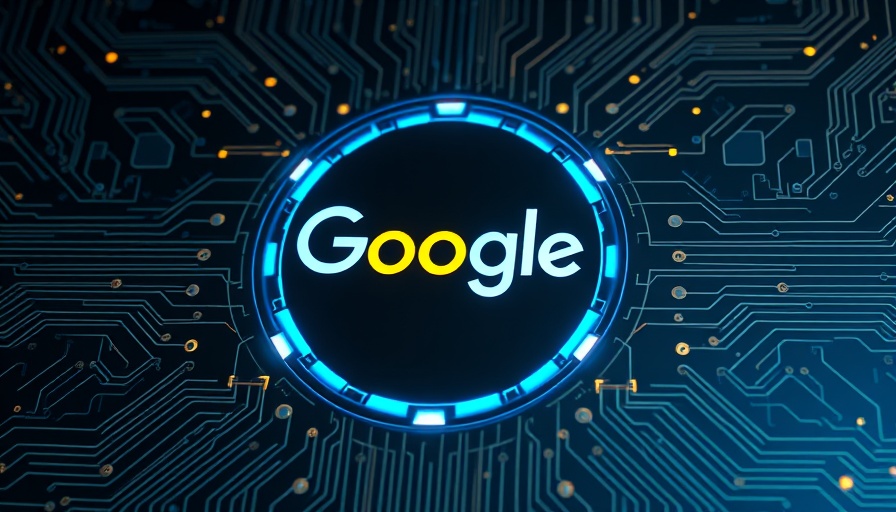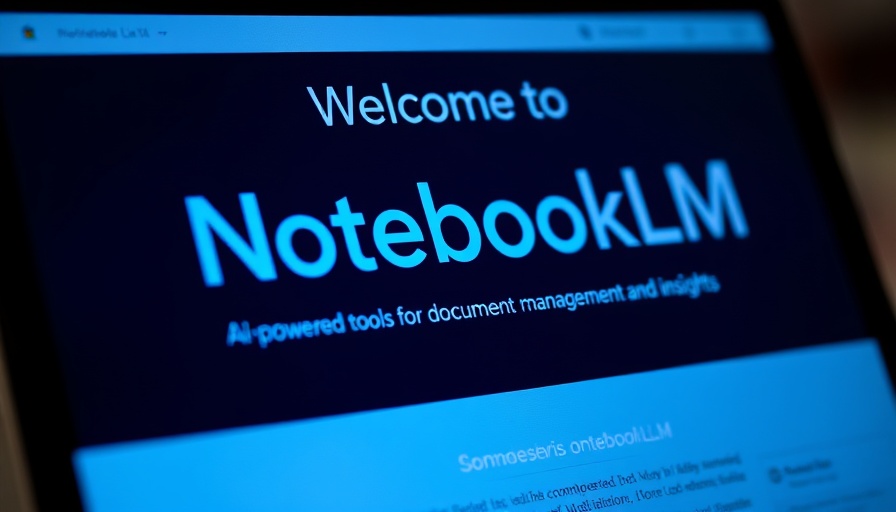
Restructuring Intel: Lessons from a Startup Culture
The transformative approach proposed by Lip-Bu Tan, Intel's new CEO, marks a pivotal moment in the chipmaker's storied history. Aiming to rejuvenate the company's fading reputation and market share, Tan's commitment to adopting a startup mentality is more than just a slogan. It represents a fundamental overhaul of Intel's operational dynamics and cultural ethos.
Understanding the Challenges Ahead
It’s crucial to recognize the magnitude of the challenges Intel faces. Once the unequivocal leader in the semiconductor industry, Intel has been losing ground to competitors like AMD and Nvidia, particularly in the realms of advanced computing and artificial intelligence. Tan openly acknowledges this decline, urging harsh feedback from customers to right the wrongs of the past. By addressing these issues head-on, he is embracing accountability — a trait essential for any entrepreneur.
Building a Team for Innovation
Tan’s basketball analogy is an insightful way to frame his vision for team culture at Intel. Just as the Golden State Warriors have redefined teamwork and strategy, Tan suggests Intel must foster collaboration and trust among its employees. By encouraging an environment where ideas flow freely and mistakes are openly discussed, he seeks to empower his team to innovate resolutely and confidently.
Corporate Culture as a Catalyst for Change
Transitioning from a traditional corporate model to one that mirrors the agility of a startup entails reshaping Intel’s culture. This change hinges on attracting new talent while revitalizing existing teams. As emphasized by Tan, a cohesive group able to pivot quickly in response to feedback is critical in regaining customer trust and market supremacy. Only by reuniting top-notch engineers and thinkers can Intel hope to reclaim its innovative edge.
The Importance of Customer Feedback
Tan’s call for brutal honesty from customers symbolizes a shift towards greater transparency — a practice that has often been a hallmark of smaller companies. With the tech landscape evolving rapidly, the ability to adapt based on direct consumer feedback is invaluable. This approach aligns with a growing trend among businesses that prioritize customer-centric models, driving them towards success by providing solutions that resonate with market needs.
Strategic Goals for a New Era
Looking ahead, Tan has outlined specific strategic objectives, notably the need for a recalibration of Intel's financial health—a pressing necessity given the recent rescinding of its dividend payout. Furthermore, he emphasizes the urgent requirement to innovate Intel's chip architecture to stay relevant against the backdrop of fierce competition in AI-driven technology. As Tan aptly points out, adopting a new compute architecture platform is a non-negotiable step towards reestablishing Intel's dominance.
Conclusion: A Call to Action for Industry Leaders
As Intel embarks on this ambitious journey of transformation, the tech industry as a whole should take note. Leaders in tech-driven sectors can learn from Tan’s initiative to embrace a startup mentality, harnessing the power of innovation and adaptability to thrive in an ever-changing environment. For professionals looking to foster similar transformations within their organizations, this journey offers valuable insights. Are you ready to apply these lessons in your strategic planning? Embrace feedback, prioritize collaboration, and remain agile, as these principles can ensure your place at the forefront of industry evolution.
 Add Row
Add Row  Add
Add 




 Add Row
Add Row  Add
Add 

Write A Comment